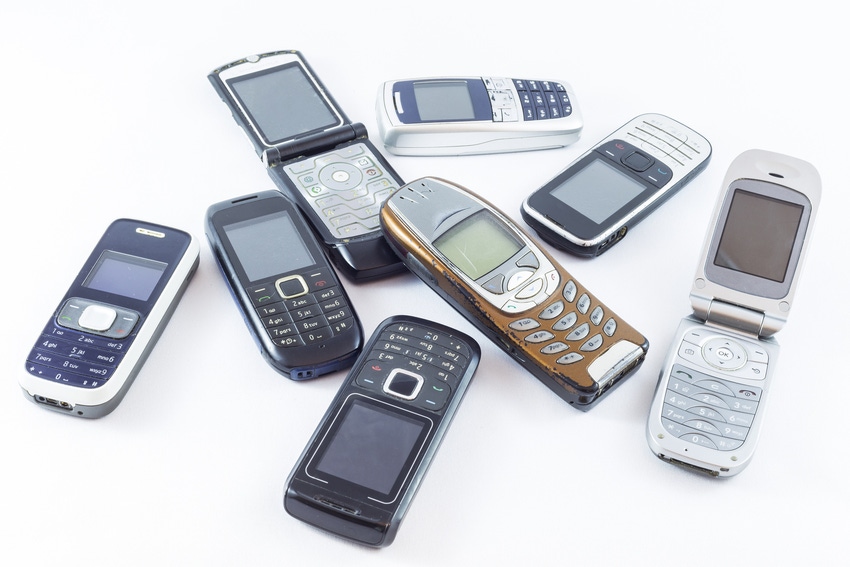Jaded teenagers keep the feature phone dream alive
The US feature phone market is alive and well, as their continued popularity among various market niches is expected to maintain stable sales this year.
August 24, 2023

The US feature phone market is alive and well, as their continued popularity among various market niches is expected to maintain stable sales this year.
That’s according to Counterpoint Research, which predicted this week that sales of feature phones – also known as dumbphones – will reach 2.8 million in the US this year.
“In 2022, feature phones accounted for a little over 2 percent of overall [US] handset (feature phone and smartphone) sales,” said Maurice Klaehne, senior analyst at Counterpoint Research, in an email to Telecoms.com.
“In 2023, this share will go slightly up but remain in the 2-3 percent range,” he said.
While that doesn’t sound like much of an up-tick, “the main point is that feature phone sales will remain very stable over the next years whereas previously assumptions were that feature phones sales would drop as more people adopt smartphones,” Klaehne explained. “There still is very much a market for these devices for years to come.”
At least the market is moving in the right direction too, unlike the smartphone market, which is having a year to forget.
TCL leads the US feature phone market with a 43% share, followed by HMD – maker of Nokia handsets – which has 26%. However, smaller players are also finding favour among operators.
“Carrier and OEM tie-ups play an important role in the dynamics,” said Counterpoint. “The big three US carriers – AT&T, Verizon and T-Mobile – are exploring different feature phone OEM options due to which the US feature phone market has grown more crowded lately, especially with carriers moving away from TCL devices and trying out smaller OEMs instead, like Tinno and FIH which have manufactured devices for AT&T’s white-label feature phones.”
Counterpoint says feature phones’ continued popularity with various demographics has kept the segment alive and kicking.
Traditionally, these have included businesses who want to keep a lid on costs, or equip staff based in harsh environments with simple, durable devices. Similarly, tourists and frequent travellers often want a secondary device that won’t be missed if something happens to it.
Then there’s the digital detox brigade. These tend to be younger people who use feature phones as a means to escape from social media, location tracking, and dozens of daily notifications. HMD in particular is keen to tap this demand. In May it launched two new Nokia flip phones designed to appeal to consumers looking to unplug.
Counterpoint suggested the inclusion of slightly more advanced functions – namely NFC and eSIM – could extend the appeal of feature phones even further. Indeed, the former can support contactless payments, mobile ticketing and home automation. This would make feature phones more useful but still a viable digital detox device. The latter would make it easier for users to swap their phone number from their primary smartphone device to their secondary feature phone.
“Adding these attributes would help make feature phones more relevant for day-to-day use,” Counterpoint said.
Get the latest news straight to your inbox. Register for the Telecoms.com newsletter here.
About the Author(s)
You May Also Like











_1.jpg?width=300&auto=webp&quality=80&disable=upscale)


.png?width=800&auto=webp&quality=80&disable=upscale)